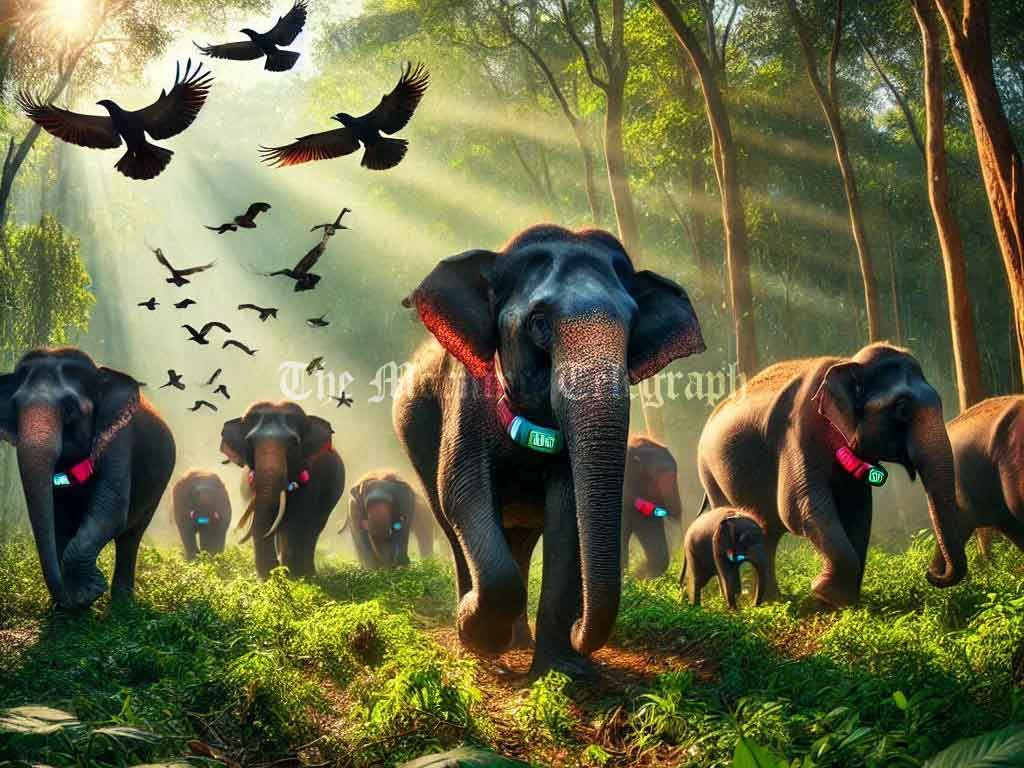
The Department of Wildlife Conservation has initiated a groundbreaking operation utilizing GPS collars to track the migration patterns of wild elephants, particularly from Anuradhapura to the Wilpattu National Park. This initiative, which commenced in the Oyamaduwa region, is designed to monitor elephant movements and gain critical insights into their migration routes.
Wildlife officials, local communities, and the Sri Lanka Navy are collaborating on the project, aiming to address the persistent issue of human-elephant conflict—a major concern across Sri Lanka. The innovative use of GPS technology is expected to provide data that will aid in developing effective strategies to reduce encounters between humans and elephants.
A Growing Crisis
Crop destruction caused by wild elephants is one of the leading complaints among rural farmers, with incidents reported daily from various districts. The Anuradhapura district, in particular, has faced severe challenges, as elephants frequently raid agricultural lands, causing economic hardships for farmers.
To mitigate the issue, the government recently introduced a program to relocate elephants to designated wildlife reserves. However, local residents have expressed frustration over the abrupt discontinuation of this relocation initiative, citing increased incidents of property damage and a rising threat to human safety.
A Long-Term Solution
The GPS collaring program represents a shift toward a more data-driven and sustainable approach. By understanding the movement patterns of elephants, authorities hope to create informed policies and implement measures such as establishing clear migration corridors and improving fencing around vulnerable areas.
While this initiative shows promise, many in affected communities stress the urgency of comprehensive, long-term solutions. The government faces the dual challenge of protecting Sri Lanka’s iconic elephant population while ensuring the safety and livelihoods of its rural citizens.
As the project progresses, its success could serve as a model for addressing human-wildlife conflict not only in Sri Lanka but in other regions facing similar challenges.




